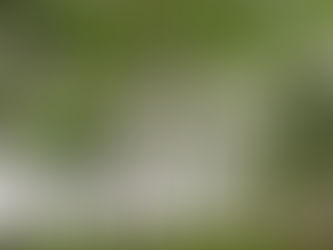top of page
POSTS
Search


Nacipe Journey to Vietnam Lacquer (Rhus succedanea)
Our Story with Vietnam Lacquer Our journey with sơn ta (Vietnamese raw lacquer) began with an opportunity to meet and have a conversation...
Nacipe


A Practical Guide On Vietnam Lacquer (Rhus succedanea) Buying
Vietnam Lacquer – the resin obtained from the Rhus succedanea tree – is one of the most unique and valuable materials in traditional...
Nacipe


FAQ: Lacquer From Rhus Succedanea Tree to Resin
About the Trees & Farming Q1. How long does it take for a Rhus succedanea tree to mature and produce usable resin? A: Typically, a Rhus...
Nacipe


Usage of Colophony (Pine Resin) in Lacquer Paint
On the market today, pine resin is typically available in the form of colophony—the solid residue left after volatile oils (such as...
Nacipe


Usage of Tung Oil in Lacquer Paint
In the world of traditional Vietnamese lacquerware, Tung Oil (known locally as dầu chẩu) plays an essential role. It contributes...
Nacipe


The Traditional Vóc-Making Process in Vietnamese Lacquer Art
Source: Internet 1. Preparing the Wooden Core for Vóc in Lacquer Wood is cut into panels according to the required dimensions of the...
Nacipe


Types of Vietnam Lacquer Paint
In traditional Vietnamese lacquer art, each type of Sơn Ta (natural lacquer, Rhus Succedanea resin) plays a distinct role — from building...
Nacipe


Current Lacquer Tree (Rhus Succedanea) Farming & Distribution Situation in Vietnam
Limited Land Resources for Cultivation Tam Nong district, Phu Tho province where the lacquer tress (Rhus Succedanea) is grown mainly in...
Nacipe


Vietnam Lacquer Tree and Cultivation
The lacquer tree (Rhus Succedanea) is an industrial crop cultivated for its resin, which serves various industrial and household...
Nacipe


Different Types of Asia Lacquer Tree
Lacquer trees have been prized resources across East Asia for centuries, valued for their ability to produce natural resin used in...
Nacipe
bottom of page